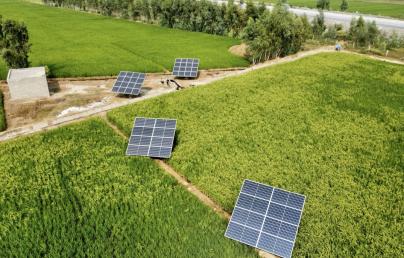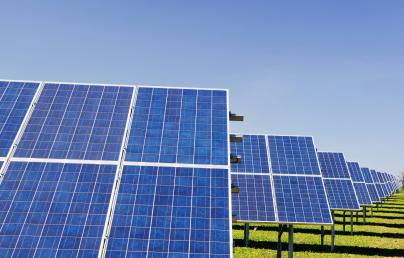
Technology and innovation pathways for zero carbon building by 2030 - strategic vision from IEA Technology

Technology and innovation pathways for zero carbon building by 2030 - strategic vision from IEA Technology
The building sector is increasingly working towards the implementation of clean energy technologies and occupants´ behaviour shifts in order to reduce GHG emissions and achieve the zero-carbon building stock targets. IEA Technology gives their strategical view about it.
The rapid deployment in the building sector of clean energy technologies and behavioural shifts, supported by innovation strategies, has the potential to significantly reduce carbon dioxide (CO2) emissions by 2030 and paves the way to achieve the zero-carbon buildings stock targets under the IEA’s Net Zero Emissions by 2050 Scenario (NZE Scenario). Buildings operations account directly and indirectly for approximately 30% of global energy sector emissions.
The IEA (International Energy Agency) projects the global building floor area to grow by 75% in the next 30 years, with around 80% of the increase in emerging markets and developing economies. Despite the substantial corresponding increase in energy demand by mid-century, total direct emissions from the building sector need to contract sharply, falling from about 3 Gt in 2020 to less than 2 Gt in 2030, and to just 120 Mt in 2050, according to the NZE Scenario. Meanwhile, indirect emissions also need to go to zero by decarbonising power generation and district heating.
Reaching those targets for a zero-carbon building stock by 2050 is a significant challenge, but one that also opens important opportunities. The current decade is a critical period for governments to put in place policy frameworks and regulations to support this vision. Behavioural changes play an essential, complementary role in reaching decarbonisation targets. In the residential building sector, a roughly 10% reduction in the cooling and heating of homes could potentially be achieved by 2030 through behavioural changes. Decarbonising both existing and new buildings will also require a range of measures that often need to be tailored to local climate conditions, occupant behaviour and technology availability.
A key milestone in transforming the global building sector in the NZE Scenario calls for all new and retrofitted buildings to be at zero-carbon-ready levels by 2030. This requires buildings to comply with criteria on energy efficiency, low-emission fuel use, life cycle-based CO2 emissions reporting, integration with electricity systems relying on high shares of variable renewables and resilience to changing climate conditions.
Read the full report here.

